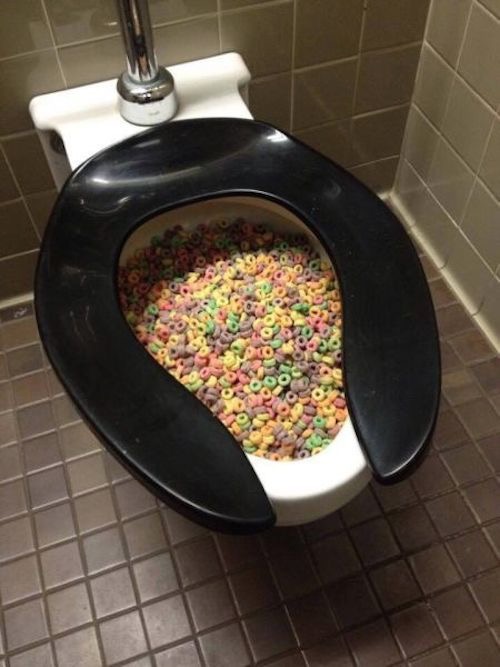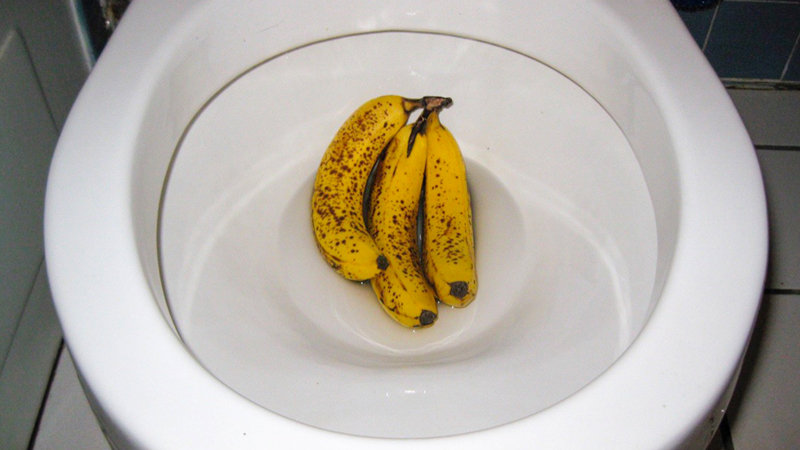What're your opinions regarding What Can Happen If You Flush Food Down the Toilet??

Intro
Many people are usually faced with the predicament of what to do with food waste, especially when it comes to leftovers or scraps. One common inquiry that develops is whether it's alright to purge food down the commode. In this short article, we'll delve into the reasons that people could take into consideration flushing food, the effects of doing so, and alternative approaches for correct disposal.
Reasons people could consider flushing food
Lack of understanding
Some people might not understand the potential damage caused by purging food down the commode. They may incorrectly believe that it's a harmless practice.
Comfort
Purging food down the commode may feel like a fast and simple service to getting rid of unwanted scraps, especially when there's no neighboring trash can offered.
Laziness
Sometimes, people may merely choose to flush food out of large laziness, without taking into consideration the repercussions of their activities.
Consequences of flushing food down the bathroom
Ecological impact
Food waste that ends up in waterways can add to air pollution and harm aquatic ecosystems. Furthermore, the water utilized to flush food can strain water resources.
Pipes concerns
Purging food can lead to clogged up pipelines and drains, causing expensive plumbing fixings and inconveniences.
Kinds of food that ought to not be purged
Fibrous foods
Foods with fibrous appearances such as celery or corn husks can obtain tangled in pipes and create obstructions.
Starchy foods
Starchy foods like pasta and rice can absorb water and swell, leading to clogs in pipes.
Oils and fats
Greasy foods like bacon or cooking oils need to never be flushed down the commode as they can solidify and cause blockages.
Correct disposal techniques for food waste
Making use of a garbage disposal
For homes geared up with garbage disposals, food scraps can be ground up and purged via the pipes system. Nonetheless, not all foods are suitable for disposal in this manner.
Recycling
Certain food packaging materials can be recycled, reducing waste and reducing ecological impact.
Composting
Composting is a green method to throw away food waste. Organic materials can be composted and used to improve dirt for gardening.
The relevance of appropriate waste management
Lowering environmental damage
Proper waste administration techniques, such as composting and recycling, aid reduce air pollution and protect natural deposits for future generations.
Safeguarding plumbing systems
By avoiding the practice of flushing food down the toilet, house owners can stop pricey plumbing repair services and maintain the integrity of their pipes systems.
Final thought
In conclusion, while it might be alluring to flush food down the bathroom for benefit, it is very important to comprehend the prospective effects of this action. By taking on proper waste administration practices and getting rid of food waste responsibly, people can contribute to healthier plumbing systems and a cleaner environment for all.
FLUSH FOOD DOWN THE TOILET?
FLUSHING FOOD CAN CAUSE BLOCKED DRAINS IN YOUR HOME
All of the plumbing fixtures in your home are connected to the same sewer pipe outside of your home. This outdoor sewer pipe is responsible for transporting all the wastewater from your home to the Council sewer mains. Even small pieces of food that go down the kitchen sink can cause problems for your sewer. It should therefore be obvious that flushing larger bits of food, such as meat, risks a clog in either the toilet itself or the sewer pipes. Flushing greasy food is even more problematic because oil coagulates when it cools, coating the interior lining of your pipes.
THE TOILET IS NOT A BIN
Food isn’t the only thing that people shouldn’t be flushing down the toilet. People use the toilet to dispose of all kinds of things such as tampons, makeup wipes, dental floss, kitty litter and even underwear. Water goes to great lengths to educate residents about the high costs and stress placed on wastewater treatment systems simply from people flushing the wrong stuff down the toilet. It costs taxpayers millions of dollars each year, and homeowners thousands in blocked drain repairs.
FLUSHING FOOD IS A WASTE OF WATER
Flushing food is a waste of our most precious resource - water. In June this year Level 1 water restrictions were introduced to protect water supply from drought conditions. Much of New South Wales continues to be affected by prolonged drought with recent figures revealing up to 97 per cent of the state remains in drought. Depending on whether you have a single or dual flush toilet, every single flush uses between five and 11 litres of water. In the current climate this is a huge amount of water to be wasting on flushing food that should be placed in the bin (or better yet, the compost).
https://www.jabplumbingsolutions.com.au/blog/can-you-flush-food-down-the-toilet

Do you appreciate reading up on Flushing Food Down the Toilet?? Leave a remark directly below. We'd be happy to know your opinion about this piece. We hope to see you back again in the future. Do you know about another person who is excited by Is it safe to flush food (especially rice) down the toilet?? Why not promote it. Thanks a lot for your time invested reading it.
Source This Article